Fantasia 2019, Day 10, Part 1: Ride Your Wave
 On Saturday, July 20, I was down at the Hall Theatre bright and early — relatively speaking — for an 11 AM showing of Ride Your Wave (Kimi to, nami ni noretara, きみと、波にのれたら), an animated feature from director Masaaki Yuasa. I’d seen two of Yuasa’s previous works, Lu Over the Wall and the excellent Night Is Short, Walk On Girl, and was eager to see what was in store this time around. As it turns out, Ride Your Wave, written by Reiko Yoshida, is a solid story that in a quiet way keeps doing unexpected things. It’s a romance, and then it isn’t; it’s a realistic story, and then it really isn’t. It’s a little reminiscent of Night Is Short, but is nowhere near as strange as that movie. Still, it does what it does quite well.
On Saturday, July 20, I was down at the Hall Theatre bright and early — relatively speaking — for an 11 AM showing of Ride Your Wave (Kimi to, nami ni noretara, きみと、波にのれたら), an animated feature from director Masaaki Yuasa. I’d seen two of Yuasa’s previous works, Lu Over the Wall and the excellent Night Is Short, Walk On Girl, and was eager to see what was in store this time around. As it turns out, Ride Your Wave, written by Reiko Yoshida, is a solid story that in a quiet way keeps doing unexpected things. It’s a romance, and then it isn’t; it’s a realistic story, and then it really isn’t. It’s a little reminiscent of Night Is Short, but is nowhere near as strange as that movie. Still, it does what it does quite well.
It follows Hinako (Rina Kawaei), a surfer and oceanography student, as she moves back to the coastal town where she lived as a child in order to go to university. There, she meets Minato (Ryôta Katayose), a young firefighter. They embark on an intense relationship — and then things go awry. It is in what happens next that the film perhaps gains its identity, though it’s worth preserving the twist that sets it up; enough to say that the supernatural manifests through water, in a kindly way. The question, then, is where the characters go, and particularly how Hinako will develop as a person.
That sounds vague, and Ride Your Wave isn’t. But it does take enough surprising turns it’s difficult to talk about as a story without giving away things better left to the film. So let me say this: it consistently nails the emotional tones it tries to evoke, and is a solidly-built story with a theme that slowly emerges of Hinako’s personal growth. It is a movie about her self-realisation, her coming of age, and it manages that in a surprising and touching way. It is a movie about sacrifice, and heroism, and letting things go, and it powerfully combines them all in Hinako’s story and background.
(I will note that there is one peculiar note. We learn something about how Minato and Hinako first met, or at least when they first met, that Minato knows but does not reveal to Hinako. It’s an odd choice to have him not tell her this thing, though it’s perhaps true that it comes to nothing. Still, it darkens Minato in a way I’m not sure was intended, turning him into a keeper of secrets, however benign.)
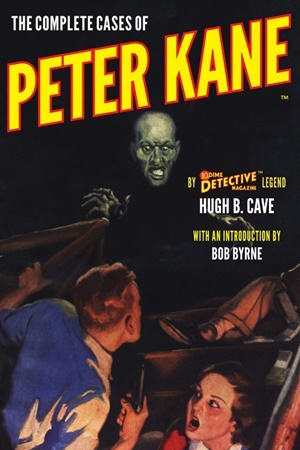
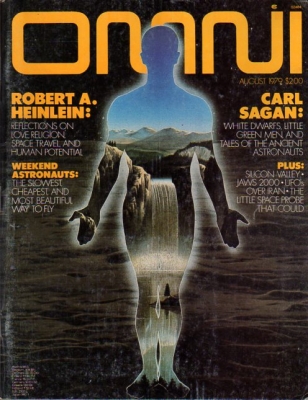
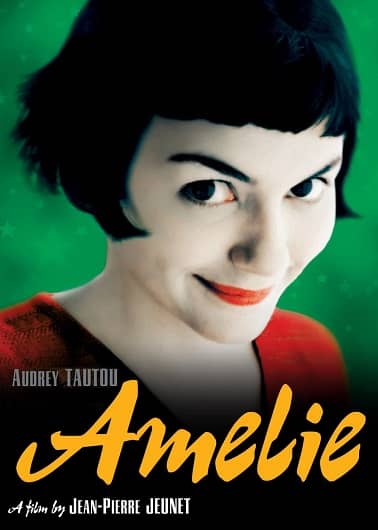
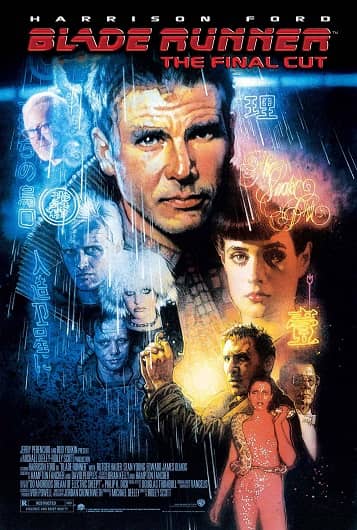
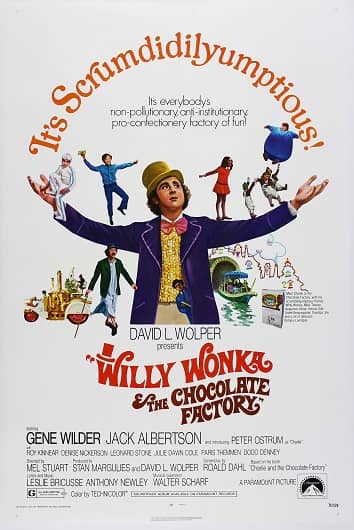
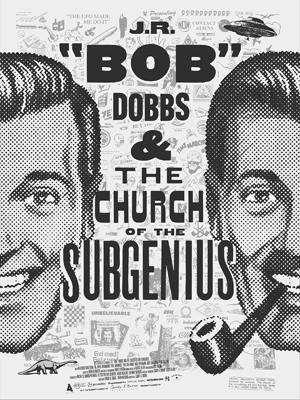 My second and last movie on July 19 was a documentary named for its subject: J.R. “Bob” Dobbs and the Church of the Subgenius (a film known in some quarters as Slacking Towards Bethlehem). Directed by Sandy K. Boone, it’s a history of a mock religion which got started more than 40 years ago, and still goes strong today.
My second and last movie on July 19 was a documentary named for its subject: J.R. “Bob” Dobbs and the Church of the Subgenius (a film known in some quarters as Slacking Towards Bethlehem). Directed by Sandy K. Boone, it’s a history of a mock religion which got started more than 40 years ago, and still goes strong today. 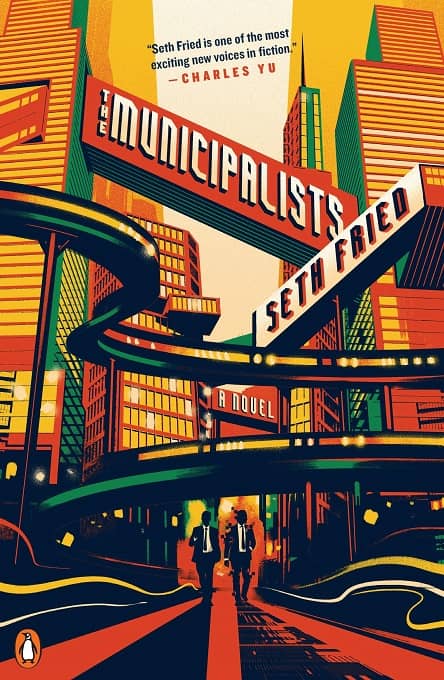
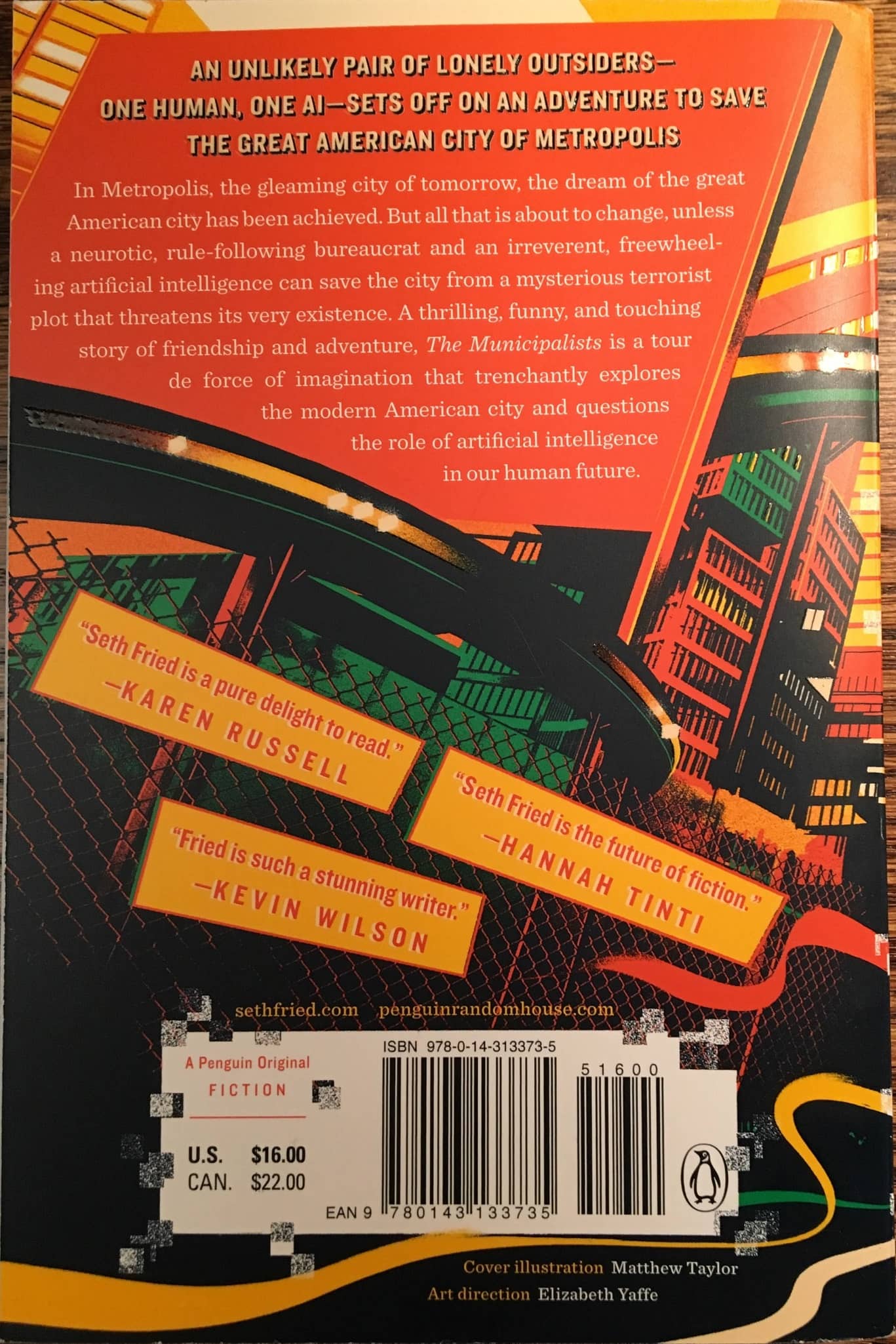
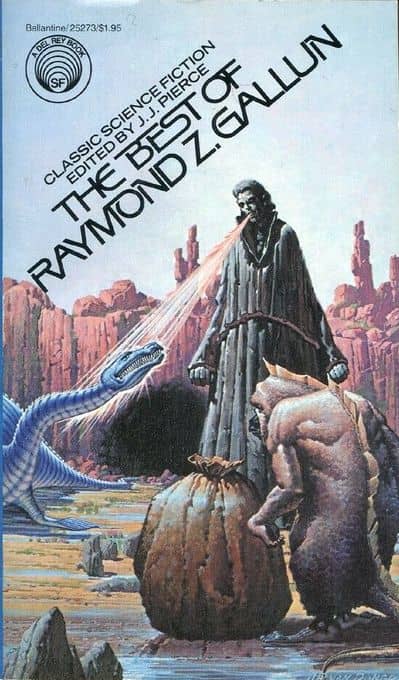
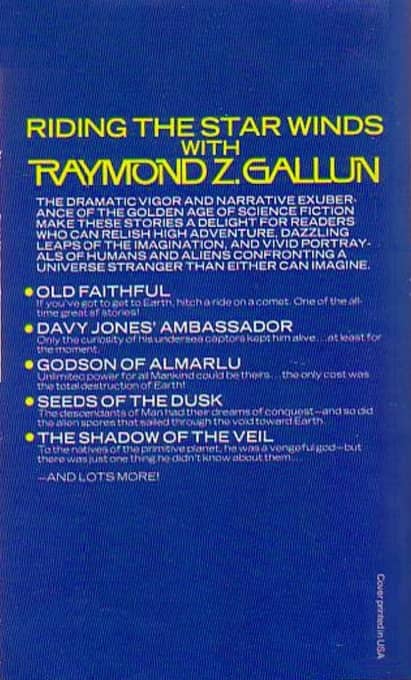
 On the evening of July 19 I sat down in the Hall Theatre for a screening of It Comes (Kuru, 来る), a Japanese horror film. Directed by Tetsuya Nakashima, it’s based on the novel Bogiwan ga kuru, by Ichi Sawamura, with a screenplay by Nakashima, Hideto Iwai, and Nobuhiro Monma. It’s clever and colourful, and at two and a half hours it’s also a sprawling film that justifies its length by twisting in ways you don’t expect. It’s also a success, an entertaining and occasionally chilling movie that builds a universe without being too detailed about the supernatural horror lurking beyond consensus reality.
On the evening of July 19 I sat down in the Hall Theatre for a screening of It Comes (Kuru, 来る), a Japanese horror film. Directed by Tetsuya Nakashima, it’s based on the novel Bogiwan ga kuru, by Ichi Sawamura, with a screenplay by Nakashima, Hideto Iwai, and Nobuhiro Monma. It’s clever and colourful, and at two and a half hours it’s also a sprawling film that justifies its length by twisting in ways you don’t expect. It’s also a success, an entertaining and occasionally chilling movie that builds a universe without being too detailed about the supernatural horror lurking beyond consensus reality.
 My last film of July 18 was in the big Hall Theatre. Knives and Skin was written and directed by Jennifer Reeder, and begins as a girl dies a violent death in a small midwestern town. In the wake of her disappearance secrets begin to come to light, and tensions rise among both her classmates and the adults. The movie proceeds to explore the town and its inhabitants in a series of sometimes-linked vignettes.
My last film of July 18 was in the big Hall Theatre. Knives and Skin was written and directed by Jennifer Reeder, and begins as a girl dies a violent death in a small midwestern town. In the wake of her disappearance secrets begin to come to light, and tensions rise among both her classmates and the adults. The movie proceeds to explore the town and its inhabitants in a series of sometimes-linked vignettes.